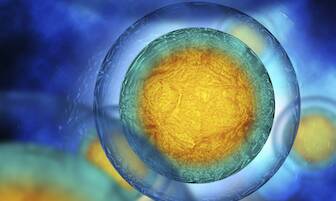Table of Contents
HUMAN EGG FACTS:
- The human egg is the single largest cell in a woman’s body—it would take 15,000 sperm to equal the size of a single egg.
- Each woman is born carrying over a million eggs, but by the time she hits puberty, the supply has decreased to around 500,000 eggs.
- On average, women ovulate a mere 400 to 500 eggs in their lifetime, making them far rarer than sperm. In fact, more sperm cells are released during a single ejaculation than a woman produces her entire life.
- At the age of 21, about 75% of women’s eggs are viable in comparison to women at 41 with only about 10% of their eggs being viable.
- An egg lives approximately 12-24 hours after leaving the ovary. Normally only one egg is released at each time ovulation.
- Many eggs begin to develop during the follicular phase of a women’s menstrual cycle. Only the largest egg is ovulated while the lagging smaller eggs disintegrate and are absorbed by the ovary.
- Ovulated eggs that have not been fertilized also disintegrate and are discarded during menses.
- Smoking can decrease your egg count by half.
- The oldest frozen egg to produce a healthy baby had been frozen for 25 years.
OTHER ANIMAL EGG FACTS:
- Male seahorses carry fertilized eggs in a pouch until their offspring hatch.
- Sea turtles lay up to 200 soft, round eggs at a time.
- The average hen lays 250 to 275 eggs a year. Chicken eggs take about 24 to 26 hours to form inside a hen. The eggs are laid large end first and about 30 minutes after laying the process starts anew.
- The largest egg in proportion to body size is laid by the kiwi. They are about the same size as chickens, but their eggs are almost as big as those of ostriches.
- An ostrich egg is equivalent in volume to 20 to 24 chicken eggs.
- The top five most consumed animal eggs in order from most to least: Chicken, Quail, Duck, Ostrich, and Fish.
